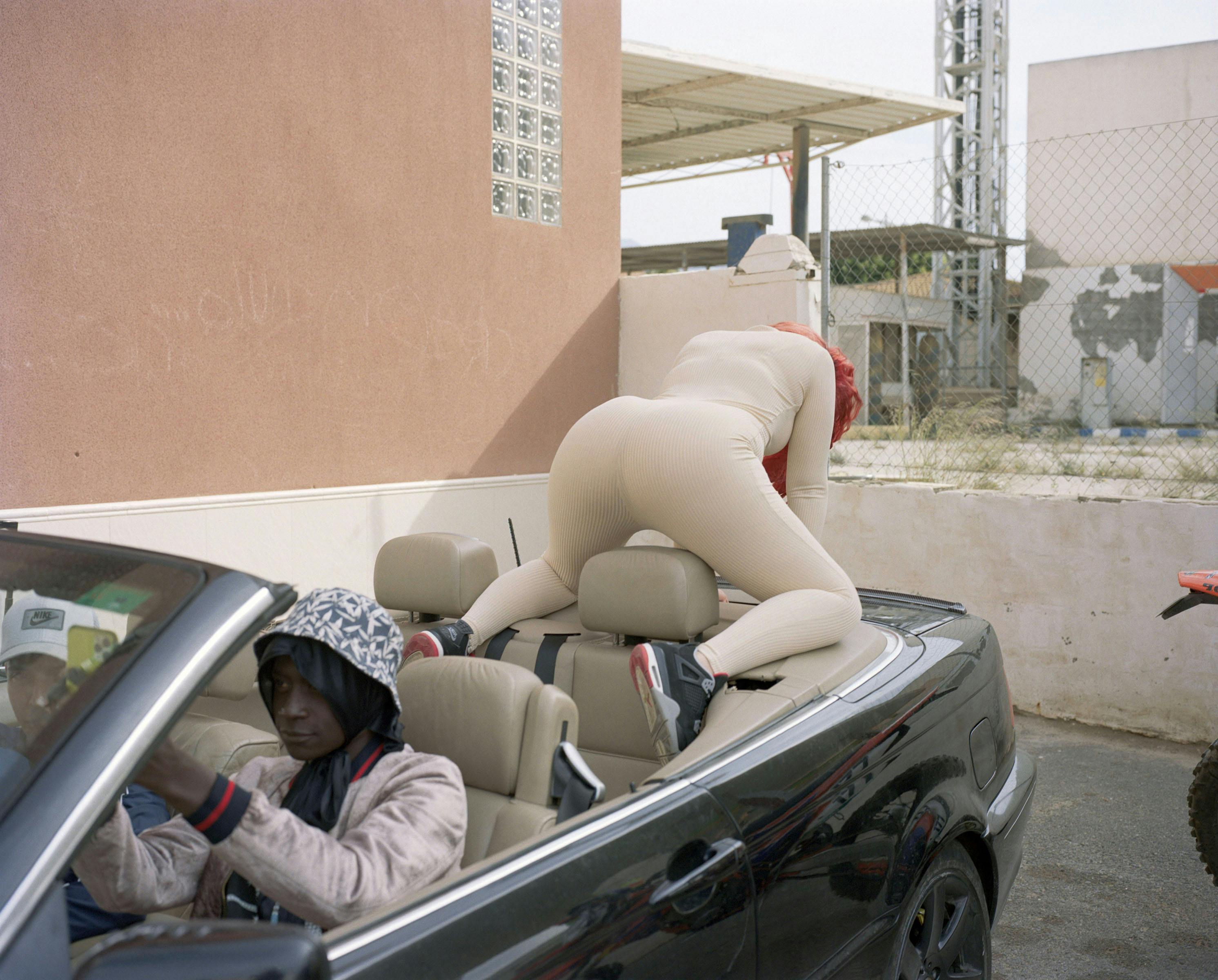
Obscura Journal Contributor Danielle Ezzo recently interviewed Magnum photographer Lua Ribeira about her newest work for the Obscura Magnum Commission, Agony in the Garden. They discuss the subcultures surrounding trap and drill music, how these subcultures are influenced by the complexities of economic crisis and late-stage capitalism, and the ways visual lyricism and metaphor can be used to transcend pure documentary gestures.
DE: What is this body of work all about and where did the idea come from?
LR: The work is inspired by the emerging scenes of trap and drill music in Spain. These are genres that evolved from American hip-hop in the 90s and 2010s respectively and whose sound and lyrics are often controversial due to the associations with crime or gang violence, especially in drill.
I have been listening to the music and following the scene and how it's spreading for many years. At some point, I started to think about how I could make work about it. First, I was intending to work in the original places where it emerged, places like Chicago or Atlanta, but slowly became more interested in the global influence that this sound and aesthetic was having in very different, far-away territories and contexts, to explore the reasons behind this identification.
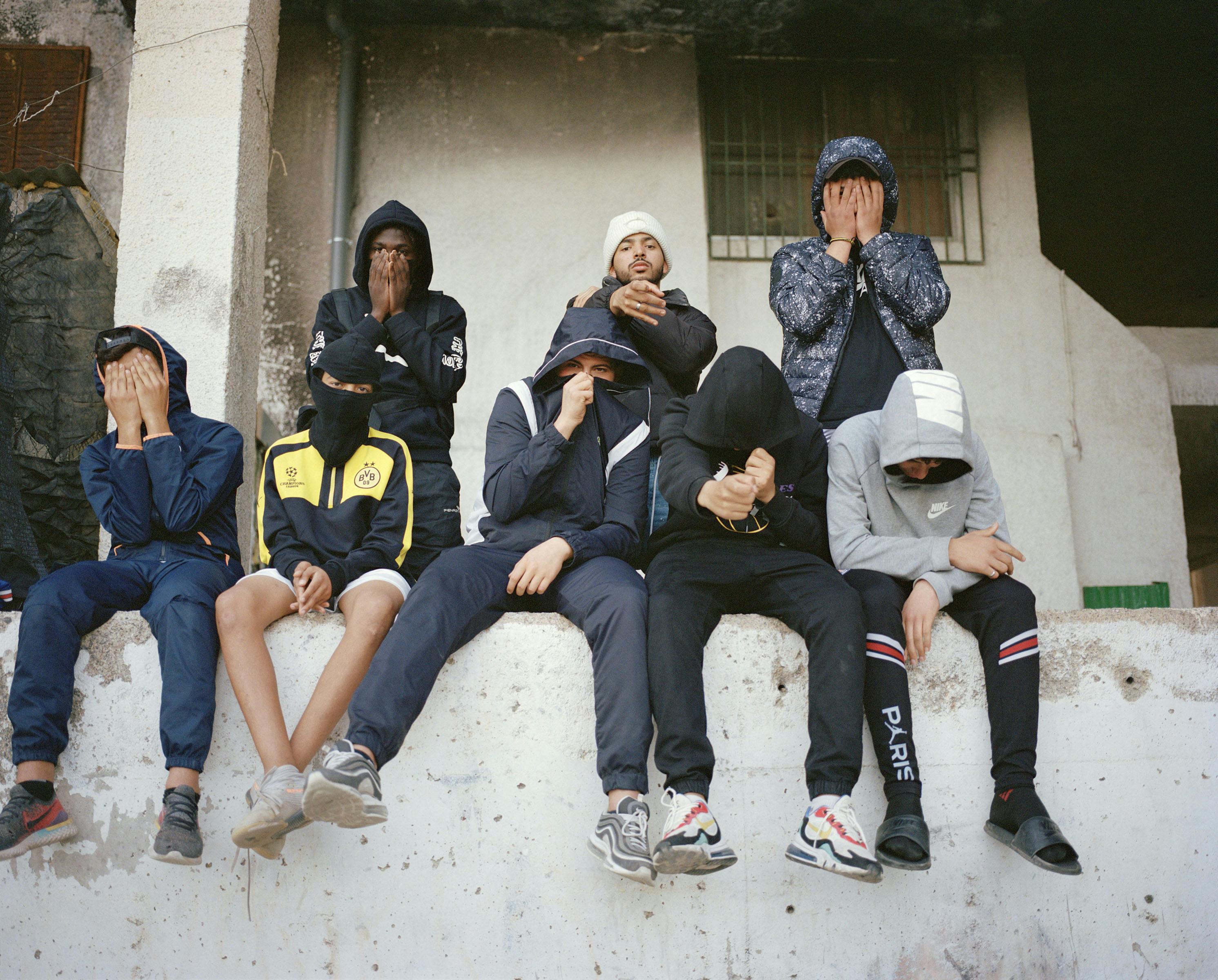
DE: Tell me where this title comes from?
LR: Agony in the Garden, is a Bible passage that describes a period of anguish and prayer, just before Jesus is arrested and crucified. It has been many times represented throughout art history, mostly in painting. I felt it was accurate in relation to the energy I am trying to evoke with the series, which has this premonitory atmosphere.
I am always trying to somehow go beyond the individual, to create a more mythological feel where the images relate to a bigger picture, something more universal. I thought that this title embraced the series as a whole in that sense.
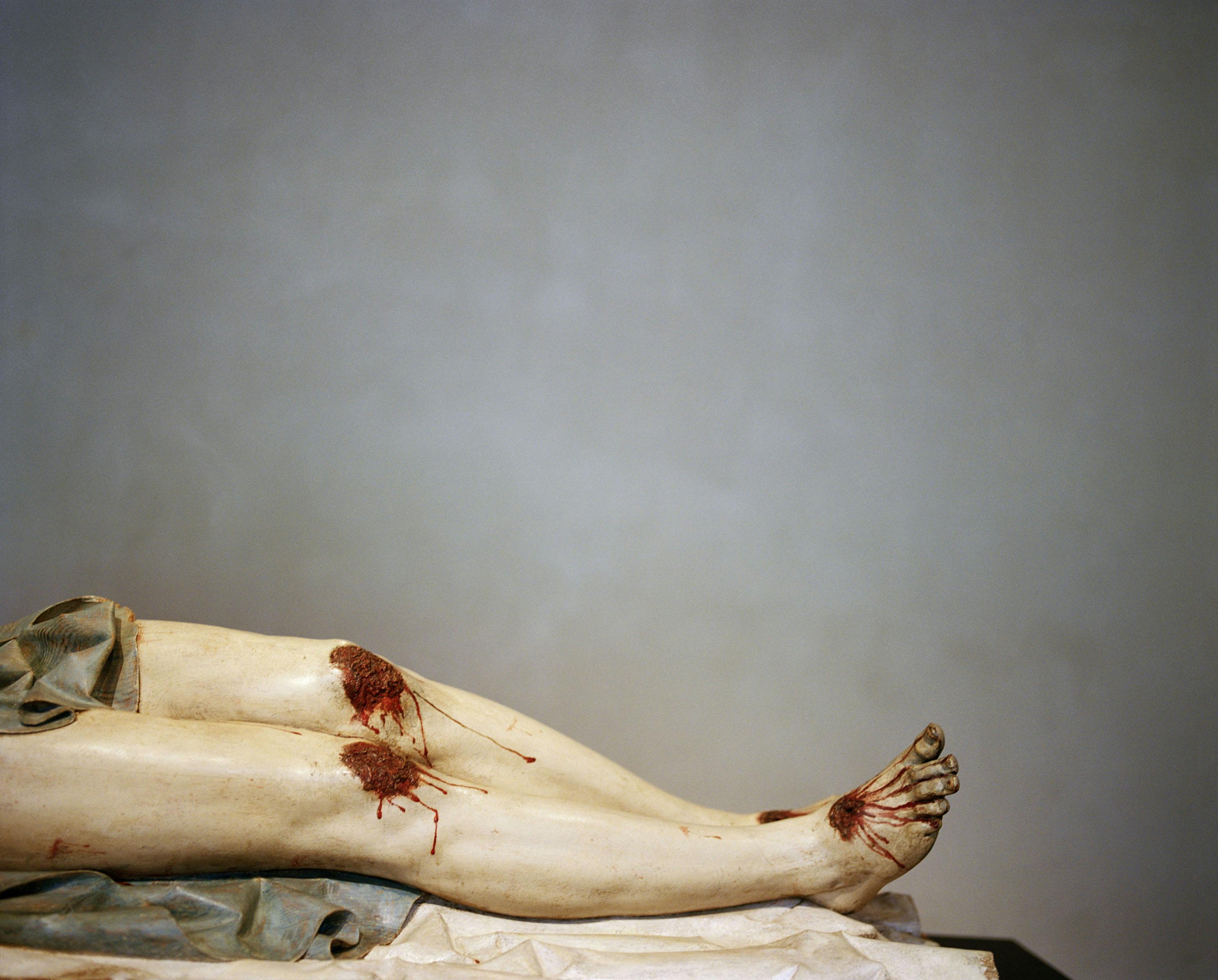
DE: Who are your subjects and what made you want to photograph this group in particular?
LR: I wouldn’t necessarily refer to the people I worked with as a group. There is a great variety of people with different experiences and backgrounds.
The common link is the participation within the scene and the identification with the music. Some of the people I photographed are more recognized artists within Spain, others are beginning to make music or produce beats, and others are simply part of the surrounding community. But the gestures and aesthetics permeate beyond the scene; becoming something generational and progressively mainstream.
DE: In your artist statement, you talk about the duality between nihilism and the responses to late-stage capitalism. Can you expand on that and tell me how you think this plays out visually within your work?
LR: I speak about the values and structures of late capitalism in order to relate them with the expansion of movements like drill or trap. The duality that constantly appears in these genres of two opposed poles: nihilism, precarity, violence versus fame, joy and wealth, and how this scheme suits the inequality, competition, and material aspirations that we experience within current free market rules. Jernej Kaluža, a doctor in philosophy at the University of Ljubljana has written a paper about Trap Music and its Emancipatory Power, where some of these ideas are developed and I found in his reflection a very refined analysis of why this is the music of our Times.
I think in the images there are traces that connect with those ideas of nihilism. For instance, the photographs of the landfills and unregulated waste spots, gestures like fighting and dancing, as well as the money notes that are often used in videos or the balaclavas covering the faces.
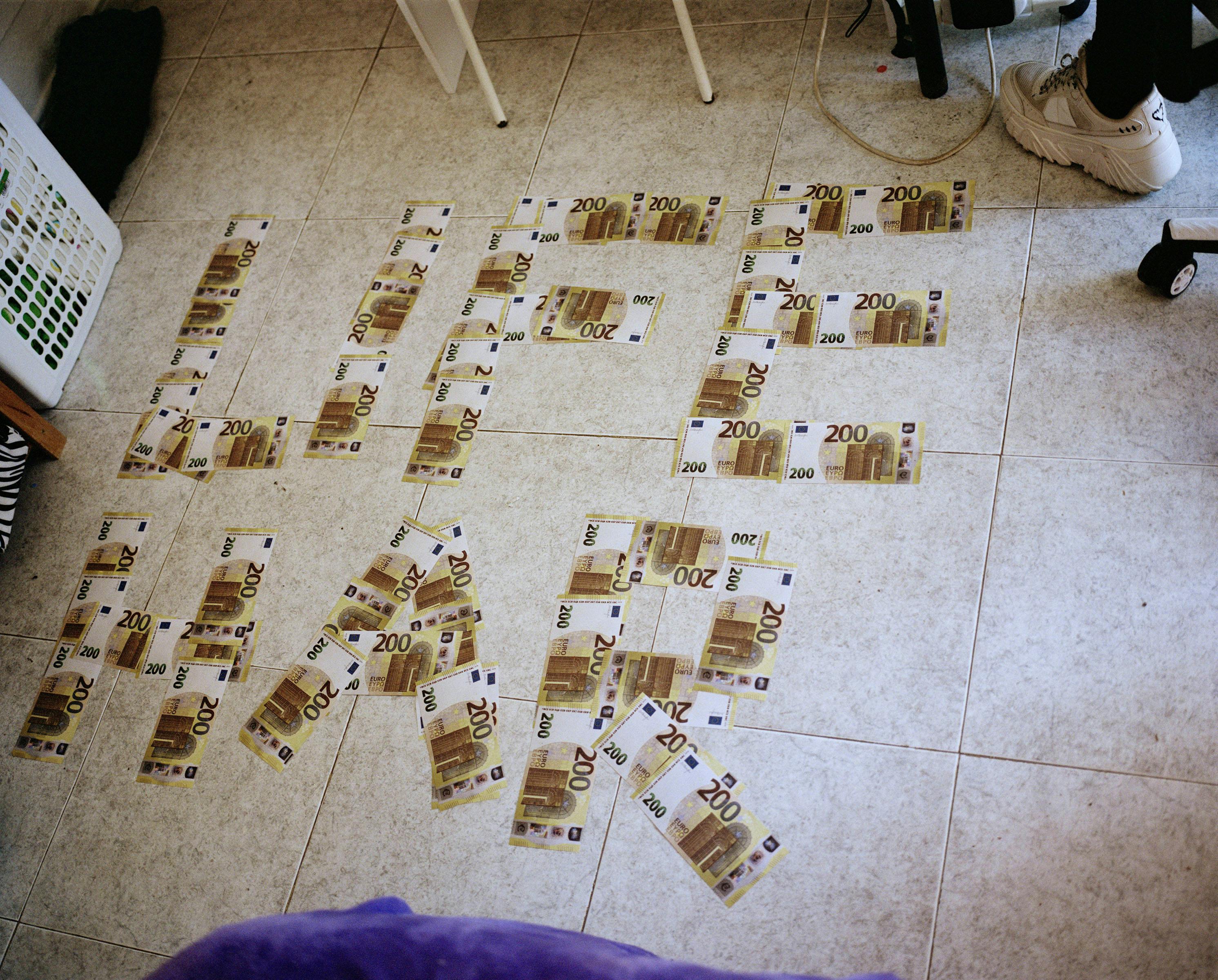
DE: You also mention how in Spain specifically, where this project takes place, the unemployment rate for young people is at an all-time high. An implication here is that these are your subjects, they are directly affected by this economic situation. What I sense in the work is that you were trying to find a way to show the intersection between these influences.
LR: Spain is one of the countries with the highest unemployment rate in Europe, which has gotten progressively worse since the financial crisis of 2008. My generation was also affected by the high rates of unemployment and it was the reason why many of us moved abroad. However, for the younger people I am working with, it seems even more precarious as they are not only born into a world of–crisis after crisis–but they are also more affected by the cuts to education or healthcare that have taken place progressively since the 80s and more abruptly since 2008. This lack of support also results in skepticism and institutional distrust which affects the online industry and culture that is emerging on the digital platforms and where trap and drill are developing.
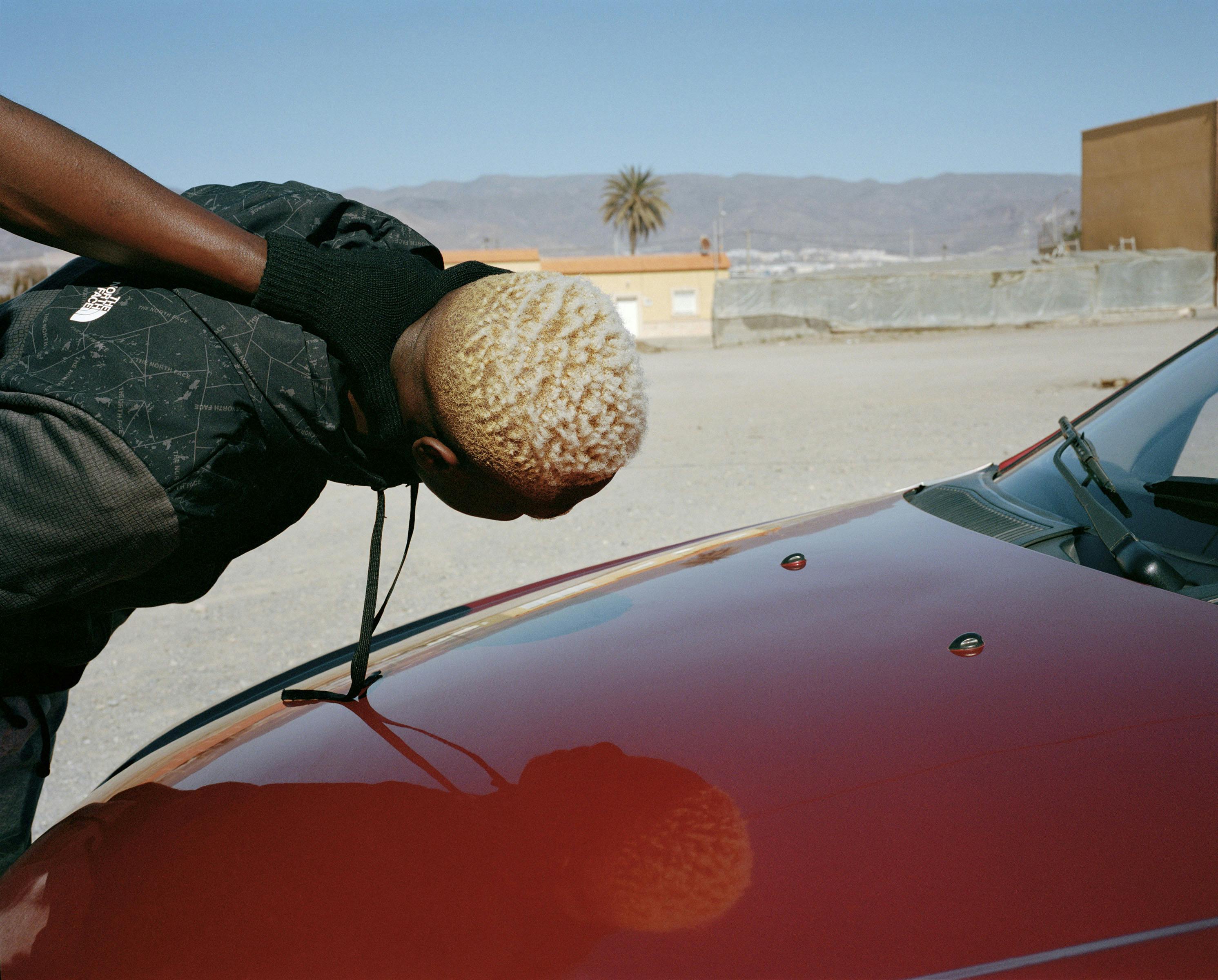
DE: Expand on the performative and collaborative nature of this project. How did you negotiate working with your subjects?
LR: Some of the images take place collaboratively, but others are observational. The way in which I make the work is very organic and develops through sharing time. Some people I met only once may appear in the work and others who I spend a long time with and become close to, may not. The collaboration depends very much on the type of connection that is generated with different people. For instance, during this project, I spent a lot of time in recording studios or at gigs that don't appear in the images but they were very important for the outcome of the work.
In a project like this, I always explain to people what I am working on. I also give copies of the photographs which they may use as the art in their promotion or channels.
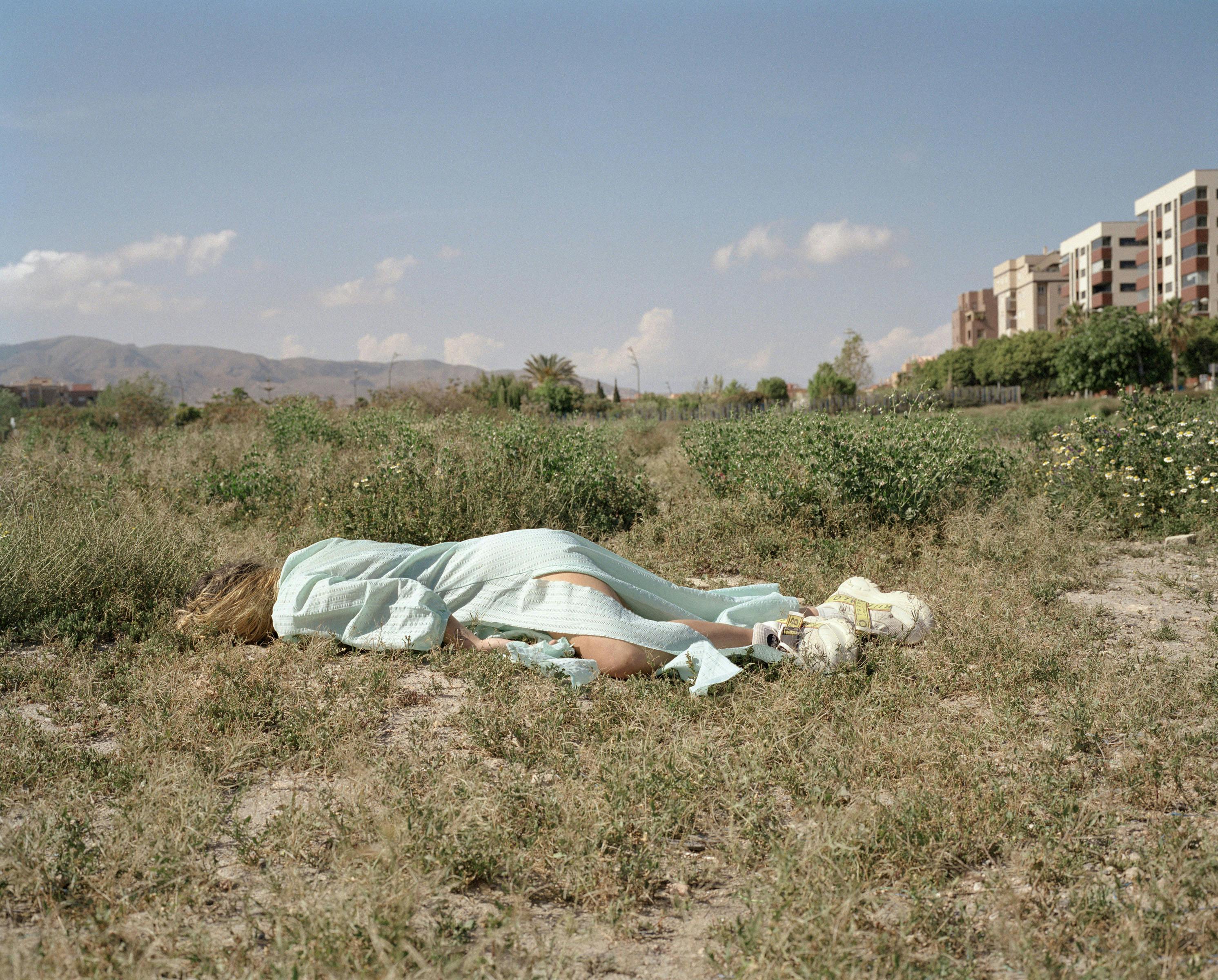
DE: You talk about intentionally choosing landscapes and gestures that capture a kind of atmosphere in this series. What makes the locations you choose special?
LR: I always include images of landscapes to create an environment in between portraits, something that allows for a type of silence but at the same time connects to the whole series. In this case, the plastic and residue images of illegal landfills were something that I had in mind. Not as specific sites to document, but more as a way for me to express lyrically something about the condition of the world we inhabit -also about the universe I am trying to evoke through the project.
I knew of a very interesting landscape in the south of Spain, in the area of Almeria. Here there are massive greenhouses used for agricultural production of vegetables supplying the European market, colloquially known as the plastic sea. The natural environment is an arid desert, which has a biblical appearance in the images, and then all the plastics and waste residues bring it back to the present.
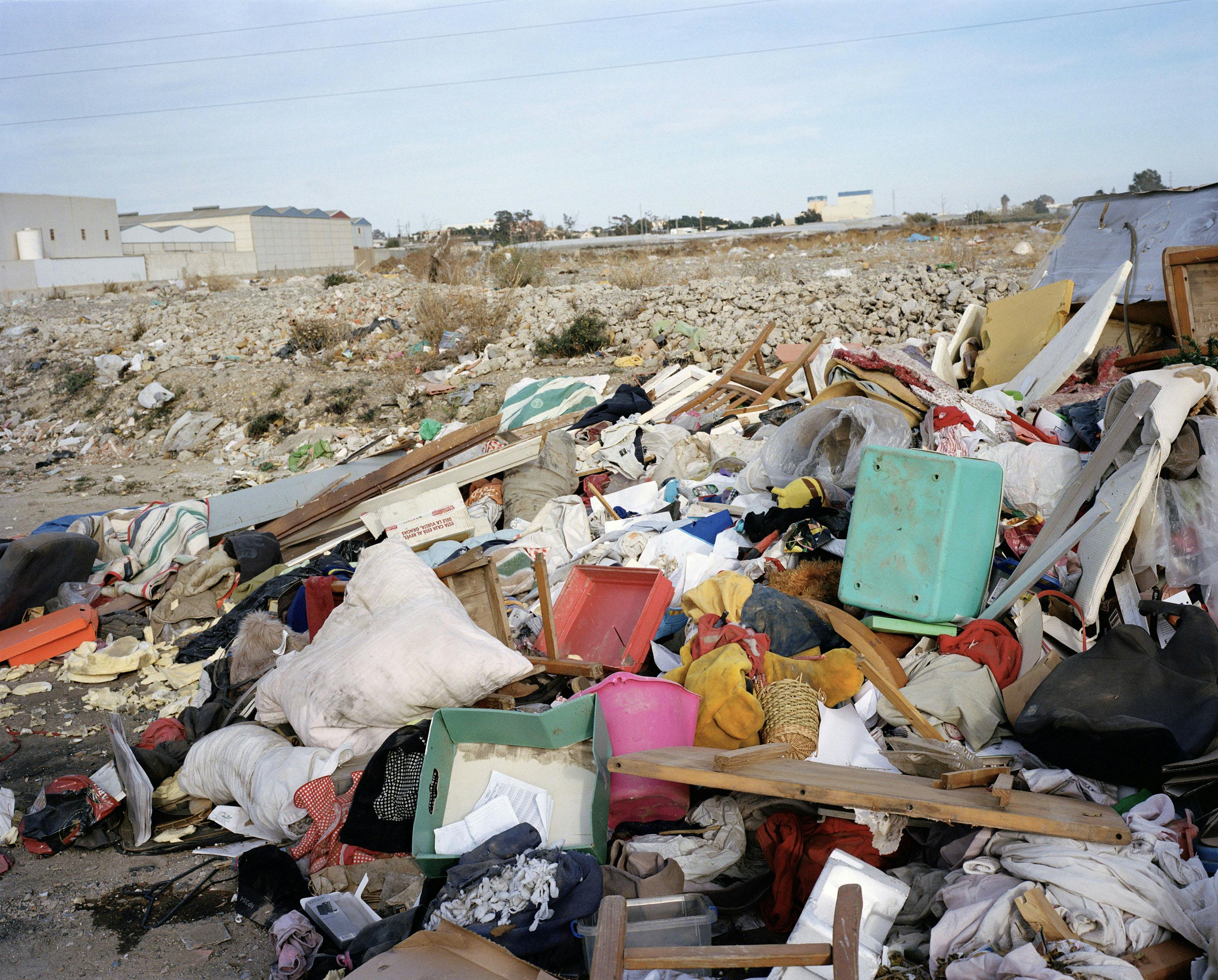
DE: Tell us more about the woman with the red face in image #21.
LR: That is Alba and we met about a year ago in Almeria. She is known as BITXSX and is a trap musician and dancer. We share an openness in the process of making images and enjoy working together. In this picture she is doing ahegao face, something that comes from hentai, that also relates to this scene, as well as video games, cartoons…
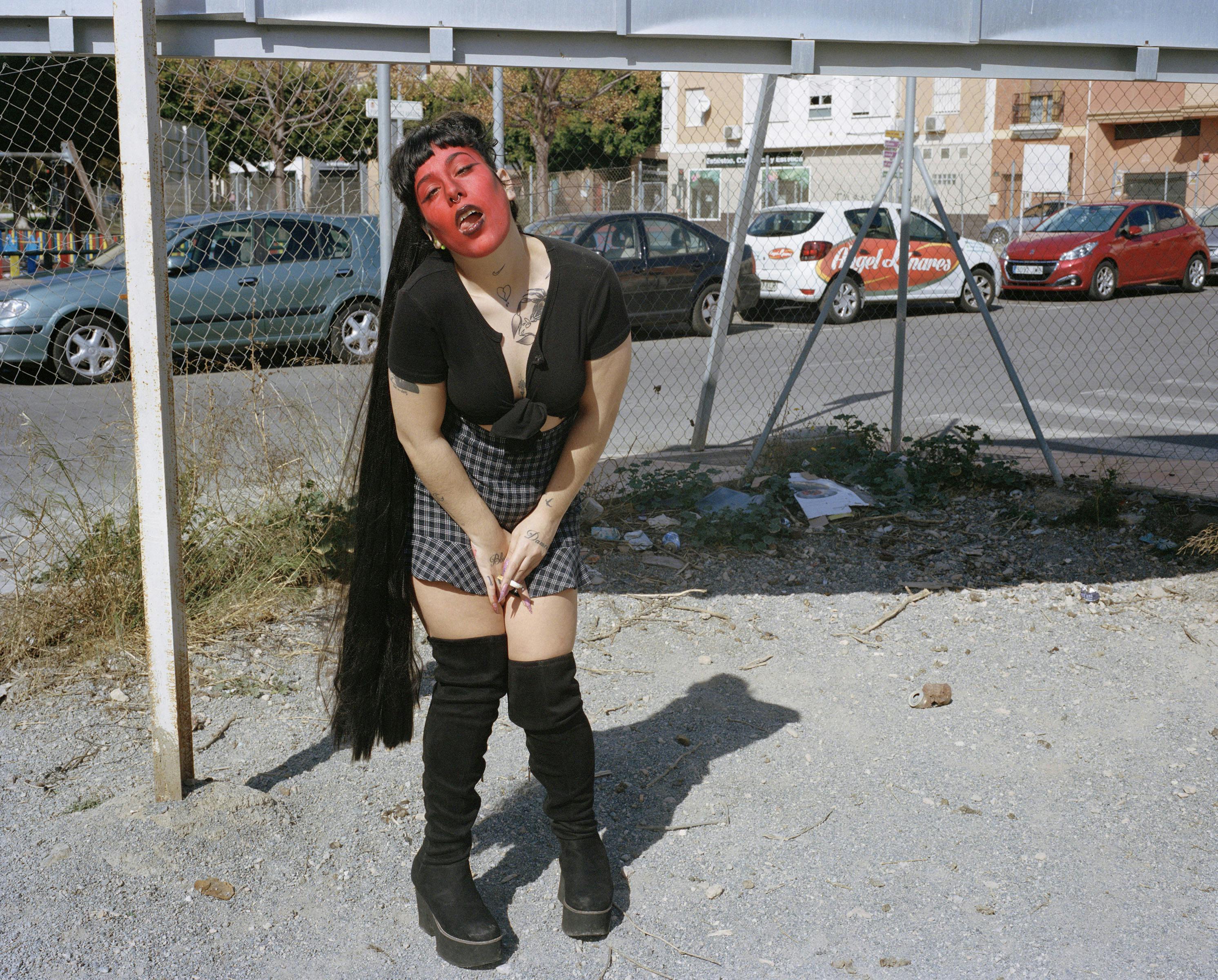
DE: Do you feel like symbolism plays a role in getting the viewer to think in this way?
LR: My intention is to create a coherent universe that relates to a theme I believe is important to address, as well as being current and of the moment. In this case, a lot of what takes place is in a digital arena, so for me to work with it, I had to be aware and think hard about how to create visual coherence. I really like the idea of trying to translate the sound and energy into images, more than to document it as such.
DE: There are so many images that feel open-ended, a second before or after an inciting incident, you know? They ask more questions than give answers. Can you share some of the stories associated with the making of the images?
LR: What is contained in the image, in terms of its ambiguity like you say, is a very intentional thing in my work, that can be read metaphorically. I usually feel that telling the stories behind how images take place can ruin that intention, and sometimes the anecdote won’t relate to the potential of the image.
In photography, especially when photographing people, there is sometimes a testimonial quality or circumstantial information about that person or place. I tend to remove some of that contextual information, and focus more on gestures and basic actions or postures - with the aim that some of those particularities don't function as a separation between the person looking at the work and the person that is in the photograph–and in fact, the representation of the gestures or expressions function more as a kind of mirror of our human condition.
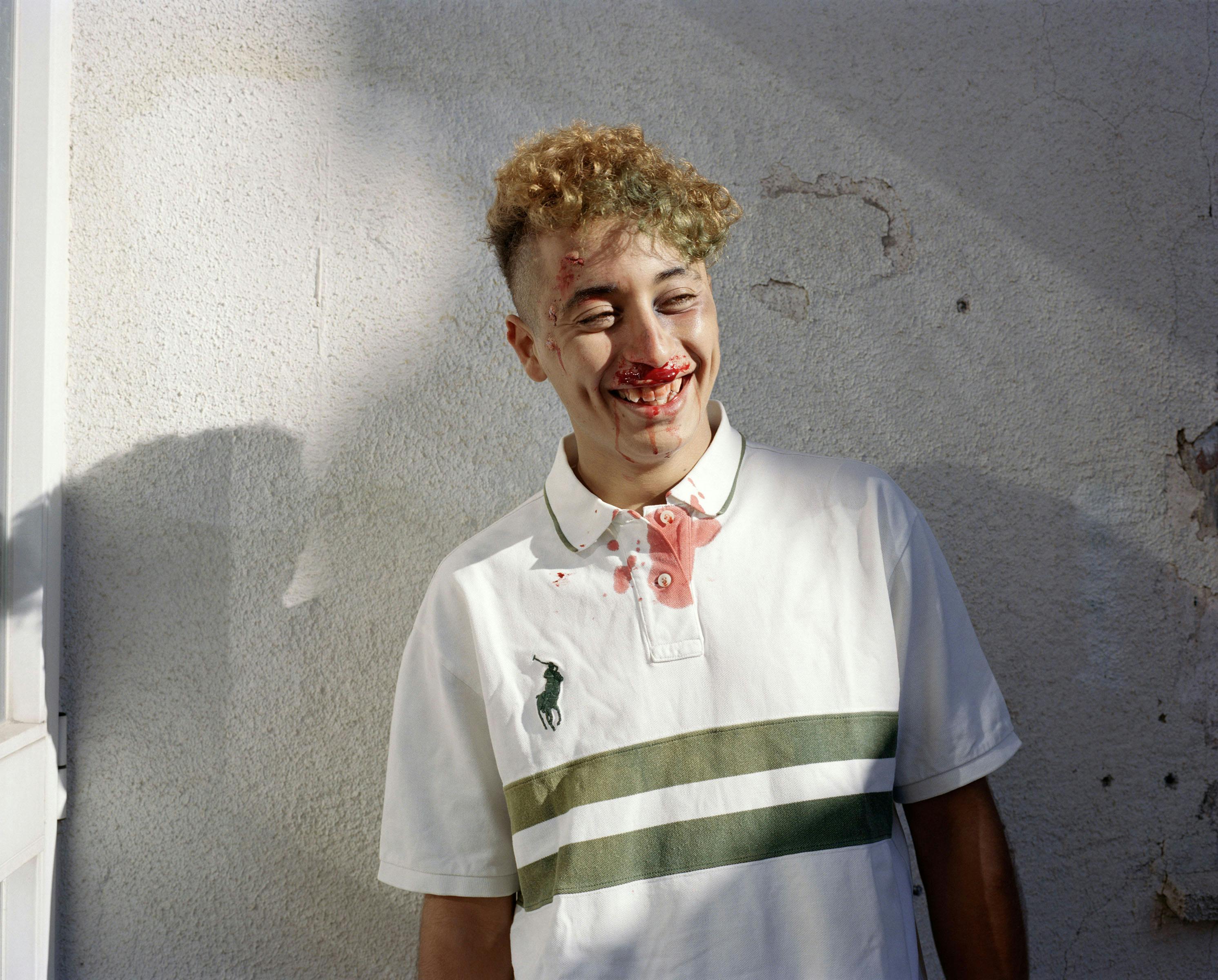
DE: What does a successful image look like for you?
LR: Maybe an image that doesn't finish with itself, that allows you to go somewhere beyond it. But also, I think it is about a group of images that have some kind of coherence and are allowing you to see the same world, but differently.
To view the full collection of Ribeira’s Obscura Magnum Drop:
Follow Obscura DAO on Twitter:
Join the Obscura Discord:
Want to Contribute to the Obscura DAO?
Want to Partner with Obscura?